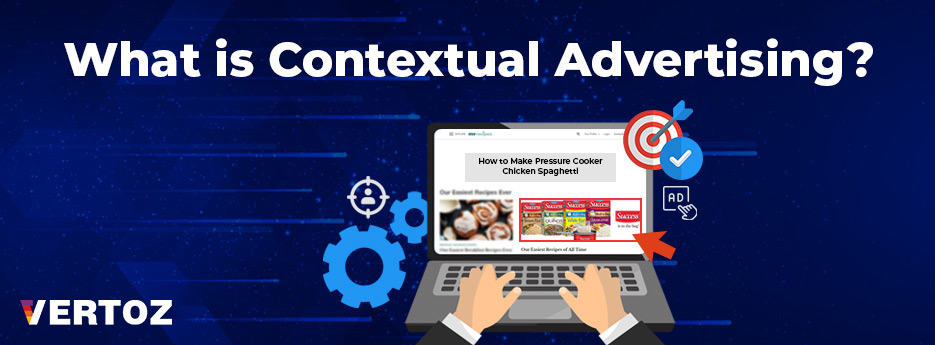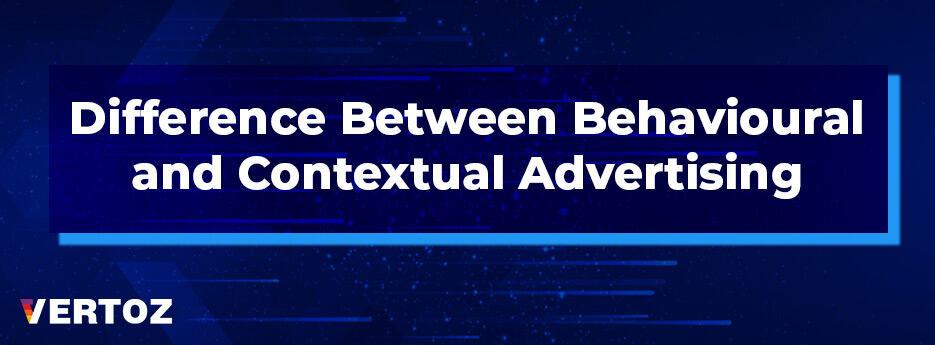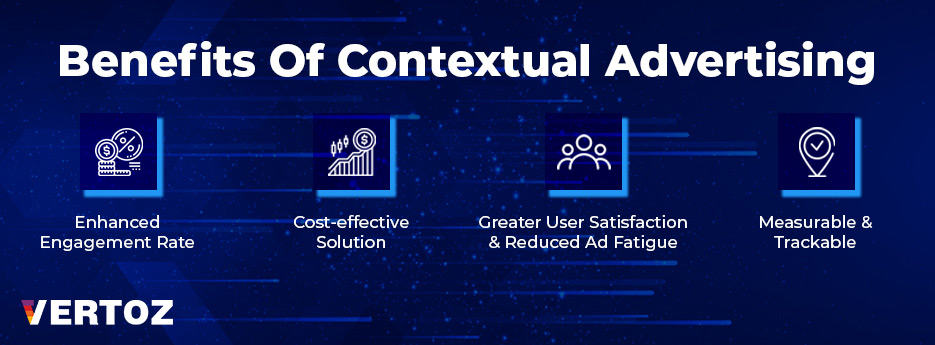
Contextual advertising lets the advertiser display relevant ads bases on the website’s content rather than the data about the visitor. It is a practice of placing your ads on the pages that are contextually relevant to your product or ad. This is a great tactic that ensures your ads are being seen by the relevant audience.<>
If for an example, you’re trying to sell yoga mat, the ad might appear on websites that teach yoga. The key here is to display your ads to the audience who’s interested in practising yoga and hence they’re more likely to buy a yoga mat compared to those who aren’t interested in yoga.<>
It enhances the click-through rate as the chances of people buying yoga mat or at least checking out the product is relatively more which in turn also increases the chances of conversion. As per the report, 61% of US advertisers use contextual advertising and 24% of advertisers plan to scale up their ad spending on the same, next year. (1)
Why Does Contextual Advertising Matter?

Due to lesser reliability on personal data, contextual advertising is getting traction, even though it is comparatively less detailed than other targeting techniques. As the techniques that rely heavily on personal data might be out of use shortly owing to GDPR, tactics like contextual advertising might become significant.
Ad blockers came to be in use more than ever as people started getting more aware of their data being used by the advertisers. Contextual advertising having less reliability on personal data, wasn’t affected by the GDPR changes and hence started being used and will be used notably.
How Does Contextual Advertising Work?

In the programmatic ecosystem, contextual information like URL, tags or categories, keywords, etc is forwarded to the ad server by the publisher. So, when a user lands on a said page, the ad serves passes the received information to the demand-side platform for it to look for relevant keyword or tags.
As for the header bidding, contextual information like keyword, topic, etc is passed by the publisher to the supply-side platform or ad exchange through ad requests. This information is then passed by the SSPs in their bid requests as bidder parameters to their DSPs and hence contextually relevant ads get displayed to the given user.
Suggested Reads – What Is Demand-side Platform & How Does It Work?
What is a Supply-side Platform? It’s Working, Features & Benefits
Difference Between Behavioural and Contextual Advertising

Although it’s easy to confuse both behavioural and contextual as same, they’re different from one another. Contextual targeting is where ‘context’ plays an important role and behavioural targeting is where ‘past actions’ play an important role.
Contextual advertising is when the advertisers target context based on the conditions in which the user is browsing. If you come across a full-suite SEO software while reading a blog about SEO, you’re targeted contextually since the service or the product shown to you is contextually relevant.
Behavioural targeting is when advertisers target the actions that the user took before landing on the said page. If you come across an advertisement of a juicer while you’re on a Facebook, you’re targeted behaviourally, since you browsed for a juicer sometime back before landing on Facebook.
Benefits Of Contextual Advertising

1. Enhanced Engagement Rate
Now is a time when more and more people are looking for personalized online experiences. 61% of the audience expects brands to customize experiences based on their preferences and contextual advertisement helps achieve exactly that. (2)
As you target your audience with personalized ads, the chances of having their attention are comparatively more than targeting users with random ads. Having your audience engaged with you boosts click-through rates and in-turn conversions.
2. Cost-effective Solution
Unlike other kinds of advertising, contextual advertising is an economical alternative for various reasons. You only target the audience you want or those who’re broadly interested in the product or service you offer, hence better chances of conversion.
Other than that, you only pay for the ads that get clicks and not for displaying those ads. Since the ads are personalized with a clear call-to-action and option to directly shop the product with the link, it brings comparatively more results.
3. Greater User Satisfaction & Reduced Ad Fatigue
With the help of contextual ads, relatively lesser efforts are required from the user’s end. They can easily locate what they’re looking for by typing the right keyword. Apart from that, the page they land on is relevant to what they’re looking for.
All this contributes to a better user satisfaction which also leads to reduced ad fatigue. Users usually do not mind when the ads about the products they are somewhat interested in appearance rather than those with no connection to their preferences.
4. Measurable & Trackable
Contextual advertising allows marketers to determine the success of their campaigns. Whether or not their ads are able to generate revenue, are clicked through, etc. This lets marketers understand the performance and optimize the ads if needed.
With contextual advertising, marketers get to decide the timeline their ads should be displayed, which demographic and location it should be displayed, etc. All these accounts for plenty of options for marketers to make the best out of it.
Final note: Contextual advertising was overruled by many of the marketers since most of them preferred audience-based targeting. However, now with the elimination of cookies and privacy laws in place, contextual advertising is gaining its prominence. As it is less reliant on personal data of the users and more on the context where the ads are placed, it is immune to changing policies and hence applicable.

